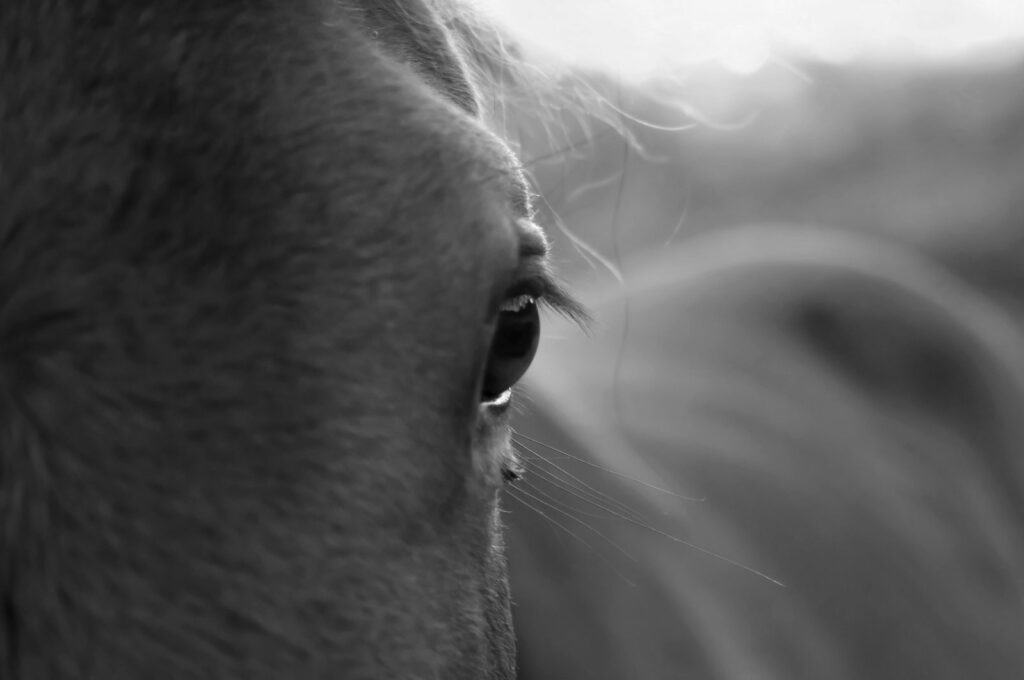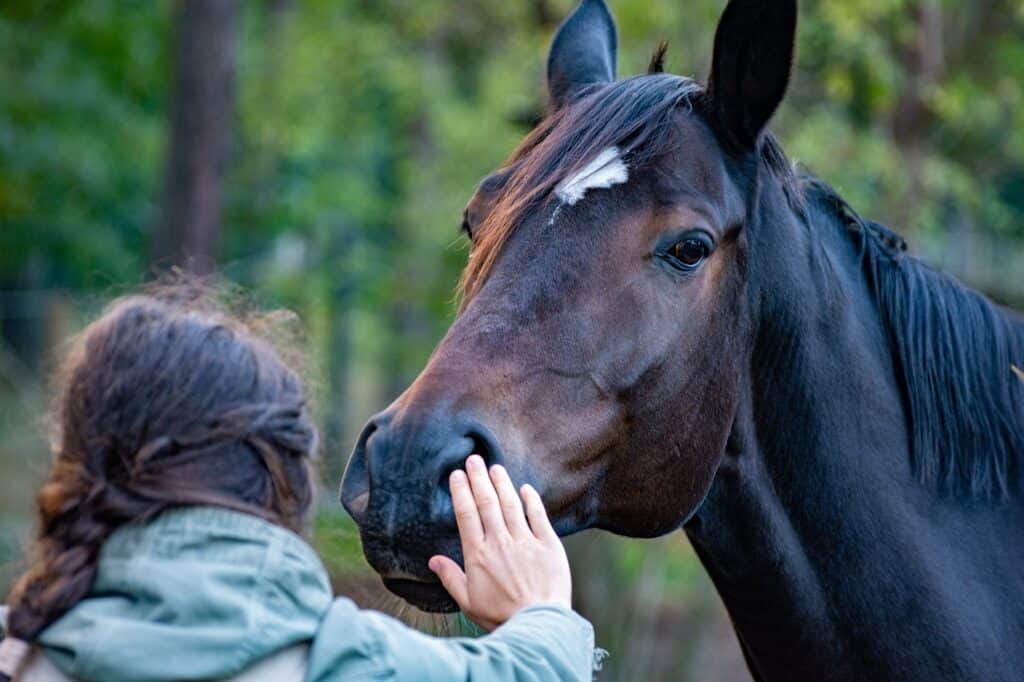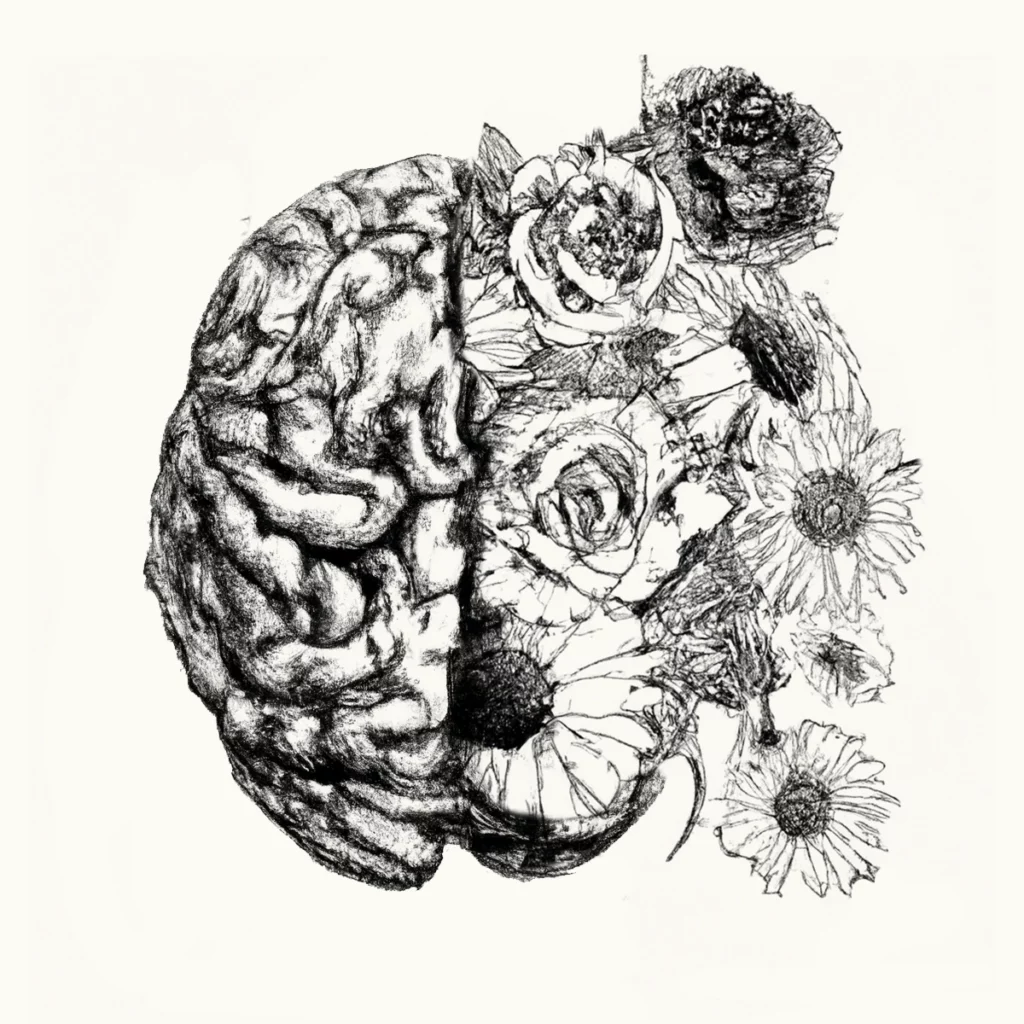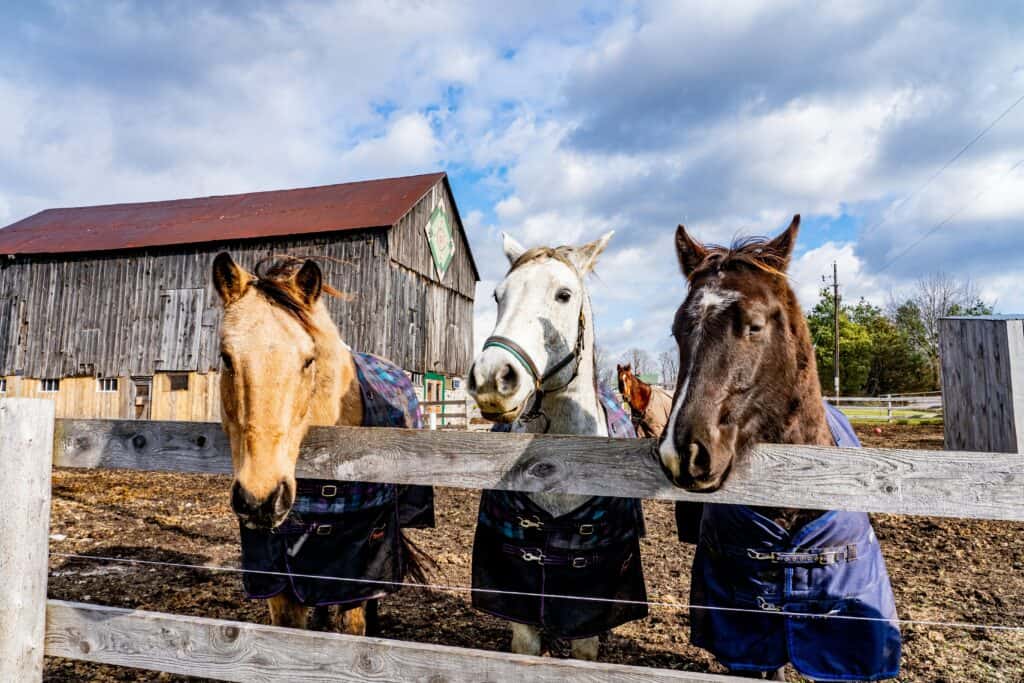As I mentioned in my last blog post, what often shows up for those with complex trauma, in equal measure, we have to look at this same dynamic within ourselves.
We all might have learned what was, or wasn’t, “okay” to be who we are. We may not know that our internal experience of who or what we “are” and our willingness to express it to the outside world “externally” is actually held in the balance by our own tolerance for it internally. What we expressed externally, our behaviors, thoughts, emotions, you name it, that were deemed okay, acceptable, seen with approval, validated, in other words, held and welcomed by our parents, well these things, these aspects of ourselves are what we will hold dear and welcome within our selves.
We will allow those behaviors, emotions, and thoughts to come out, to be expressed, and to be known. In the foreground are aspects of ourselves that we are willing to show to the outside world aspects of ourselves that perhaps were more tolerated, encouraged, allowed, seen as acceptable, and were “attuned to.”
In contrast, those behaviors, emotions, and thoughts that were not welcomed are the very things in our growing up that we seek to banish, not to know, to keep away from ourselves. We start this very early, for we quickly discern what our parents can attune to and cannot. Then, as we grow to express “who we are” in the outside world, we create a pattern of not knowing.
Just as our parents do, we have aspects of ourselves that we cannot tolerate knowing about ourselves. We don’t want to get in contact with that “stuff.” We want to banish it. So, as if to hide it in the background, we tuck away from ourselves, hide away from ourselves, and in equal measure, from the external world, the behaviors, thoughts, emotions, and aspects of ourselves that were not deemed acceptable.
And, in our attempt to stay in attachment, we grew up to know aspects of ourselves that we were “okay with” and, in equal measure, grew up not to know aspects of ourselves that felt too risky, aspects of ourselves that perhaps felt threatening to our attachment relationships.
So, what would be intolerable? For most, it is that same conflict between the wanting to attach and the wanting to banish that same need. It doesn’t make sense, does it? But, in fact, it is a foundational principle for healing our deepest wounds.




